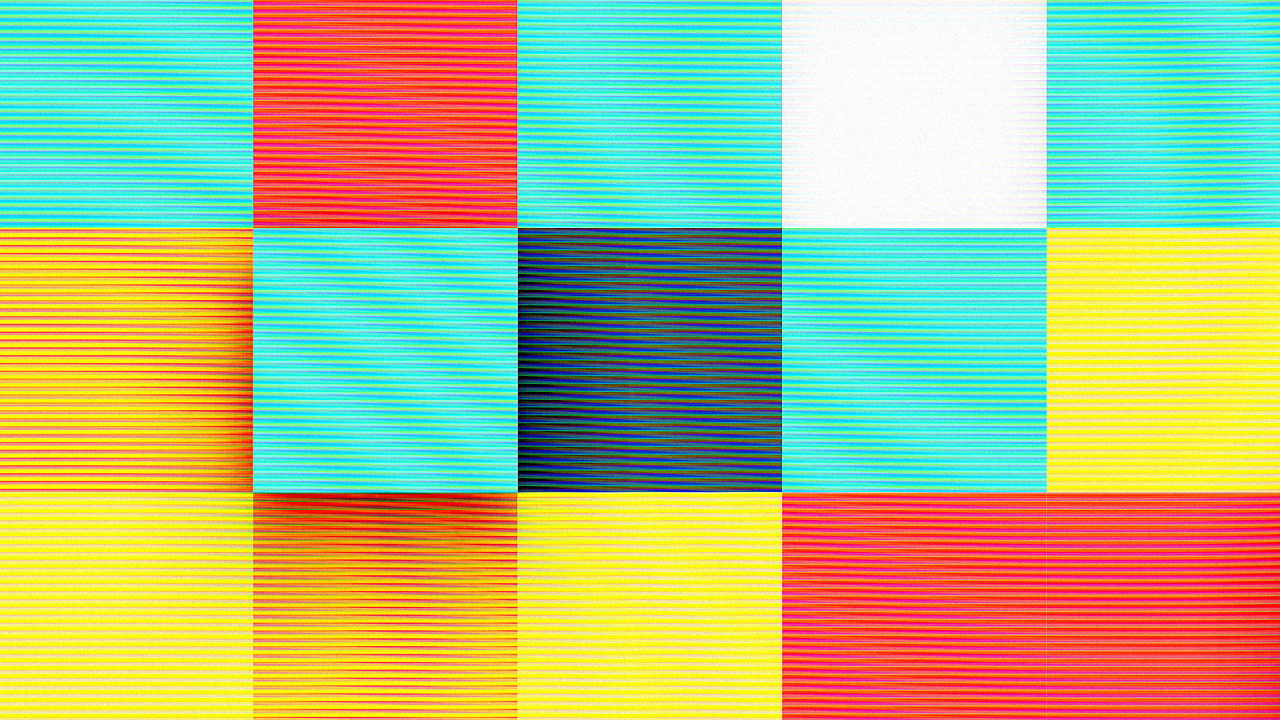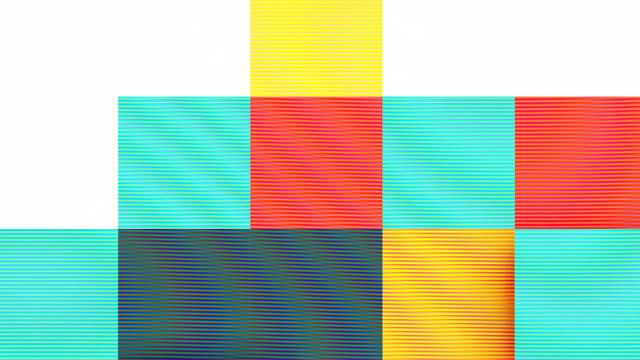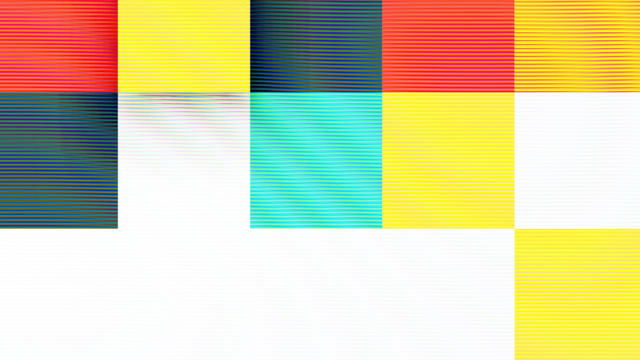Machines are getting smarter every day—and that is both good and terrifying.
 |
| [Illustrations: v_alex/iStock] |
Scientists at the University of Sheffield have come up with a way for machines to learn just by looking. They don't need to be told what to look for—they can just learn how a system works by observing it. The method is called Turing Learning and is inspired by Alan Turing's famous test.
For a computer to learn, usually it has to be told what to look for. For instance, if you wanted to teach a robot to paint like Picasso, you'd train software to mimic real Picasso paintings. "Someone would have to tell the algorithms what is considered similar to a Picasso to begin with," says Roderick Gross, in a news release.

Turing Learning would not require such prior knowledge, he says. It would use two computer systems, plus the original "system" you're investigating: a shoal of fish, a Picasso painting, anything. One of the computer systems tries to copy the real-world system as closely as possible. The other computer is an observer. Its task is to watch the goings-on and try to discern which of the systems is real, and which is the copy. If it guesses right, it gets a reward. At the same time, the counterfeit system is rewarded if it fools the observer.
Proceeding like this, the counterfeit models get better and better, and the observer works out how to distinguish real from fake to a more and more accurate degree. In the end, it can not only tell real from fake, but it has also—almost as a by-product of the process—created a precise model of how the genuine system works.

The experiment is named after Alan Turing's famous test for artificial intelligence, which says that if a computer program can fool a human observer into believing it is a real person, then it can be considered intelligent. In reality this never really works, as a) convincing a person that you're another person isn't a guarantee of intelligence, and b) many computer programs have simply been designed to game the human observers.
Turing Learning, though, is actually practical. It can be used to teach robots certain behaviors, but perhaps more useful is the categorization it performs. Set a Turing Learning machine loose on a swarm of insects, for instance, and it could tease out details in the behavior of a bee colony that remain invisible to humans.
The systems can also be used to recognize abnormal behavior, without first teaching the system what constitutes abnormal behavior. The possibilities here are huge, because noticing oddities in otherwise uniform behavior is something we humans can be terrible at. Look at airport security, for example and how often TSA agents miss guns, explosives, and other weapons.
The technique could also be used in video games to make the virtual players act more like real human players to monitor livestock for odd behaviors that might signal health problems, and for security purposes like lie detection.
In some ways, the technology is terrifying, as computers are able to get to the very basics of how things behave. On the other hand, they still need to be told what to do with that knowledge, so at least there's something for us puny humans to do in the world of the future.
ORIGINAL: FastCoExist
09.07.16

No hay comentarios:
Publicar un comentario
Nota: solo los miembros de este blog pueden publicar comentarios.